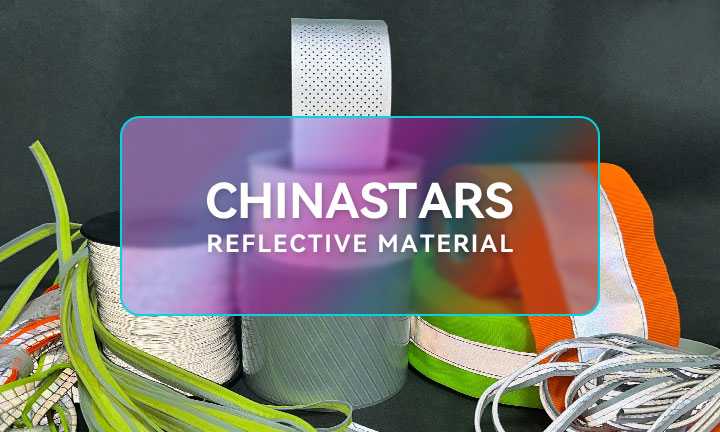Five procedures without which it's better not to drive
Before traveling by car, it will not be superfluous to conduct a brief, but thorough inspection of the operation of key systems. The implementation of the recommendations below may well save you from an unpleasant situation on the road, expensive repairs, and other problems.
Check tires
For this procedure, it is best to keep a compact pressure gauge on hand. Or inexpensive cars, don't be too lazy to scroll to the desired image onboard computer and make sure that the pressure in the wheels is within the normal range. But even visual inspection of all four wheels in most cases will be enough to determine if any of them are lowering.
Having found the rubber that has stuck, take a closer look at the tread (sometimes for the sake of completeness, it is worth passing the car half a meter forward or backward to inspect the entire surface of the wheel). You may find a self-tapping screw or a bolt. Agree, putting a spare wheel or getting to the nearest tire fitting will be much easier than solving the problem with a puncture on the road.
Look for smudges under the car
Tip for the very lazy - look at least under the front overhang of your car. If you have problems with engine oil leakage, you will find oil smudges on the ground or traces of other technical fluids. Saw - open the hood and look for the problem. Also, every 1 - 2 thousand km, as well as before long trips, it is worth checking the oil level in the engine.
Do not wait until the leak indicator tells you on the "tidy". It is especially important to make sure that the oil on the dipstick is strictly between the MIN and MAX marks before a long trip, and, of course, it will not be superfluous to carry at least a liter of the oil that is filled into the engine.
Testing the work of lighting
In most cases, the onboard computer will signal the burnout of a particular bulb in optics. However, several elements can burn out at once, as well as several problems at once. Also, not all old cars are equipped with such sensitive electronic reminders.
In any case, when setting off on a trip, make sure that the headlights, DRLs, foglights, turn signals and taillights are shining. Alternatively, you cannot even get out of the car, but send a beam of light into a wall, a fence or another car. Whether everything is good or not can be judged by the reflections, and this applies both to the front and rear optics.
Is everything in place
It will not be superfluous to make sure before the trip that your car is not damaged during the night parking. Go around the car - make sure that there are no fresh dents or chips, or whether the license plates are in place. It is no secret that in tight parking lots, cars grind and leave the scene of an accident, while license plates are stolen by attackers and hooligans.
If you find this kind of problem, call the police, the insurance, and there are external video surveillance cameras in the parking area, try to remove information from them. Sometimes this can only be done with the involvement of law enforcement officers. In any case, this problem is much easier to solve at the very beginning than over time.
Check completeness
Do you have a cable? And who knows what is there - a striking quote from Watch Out For The Car. But in real life, there are situations when you haven't traveled for a long time and don’t remember whether there is a cable in the trunk, a canister key, a pump, a reflective vest, a fire extinguisher, a jack, a first aid kit or an emergency stop sign. It is better to have all these things in the car to avoid problems on the road and with traffic police officers.




